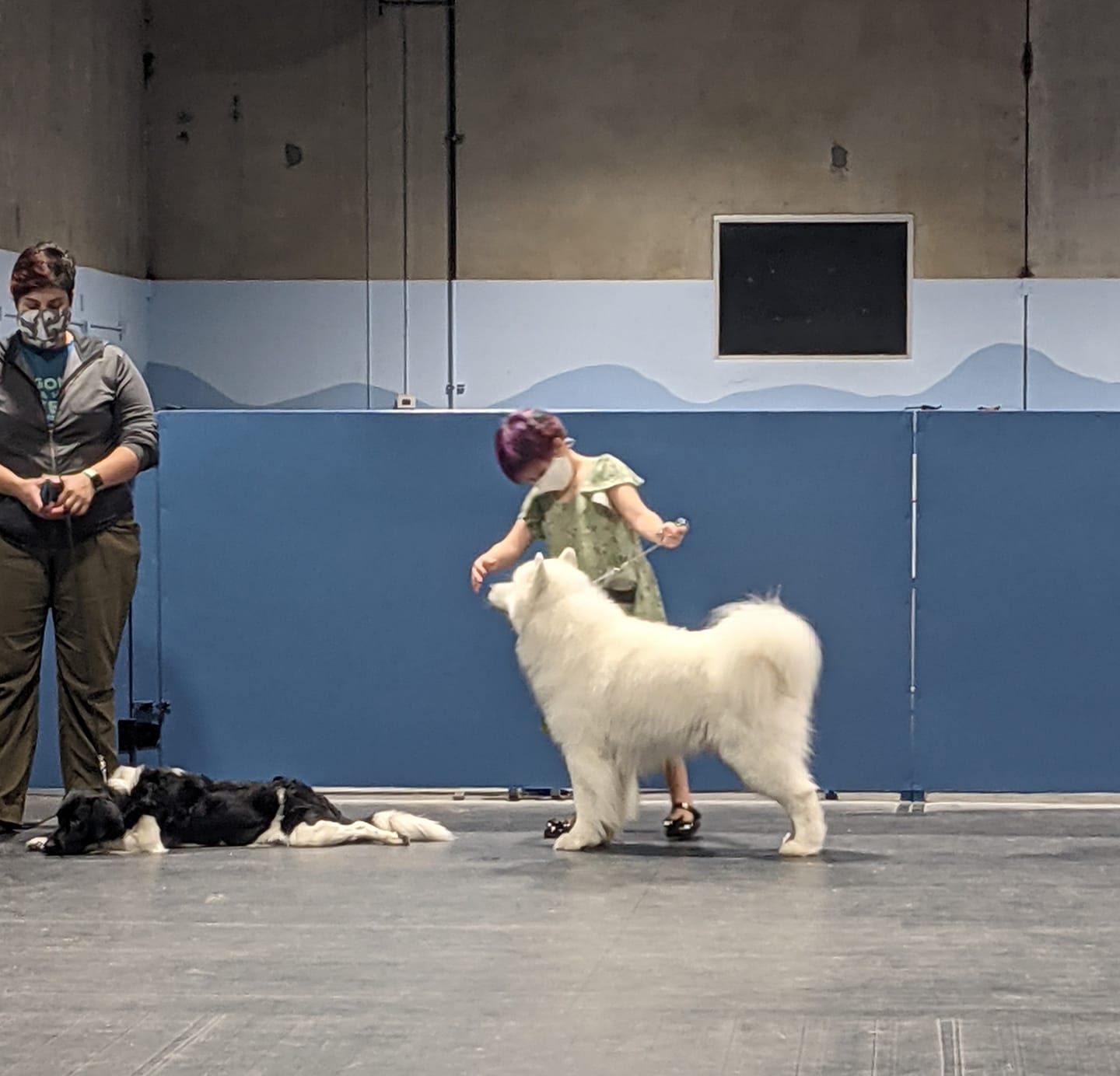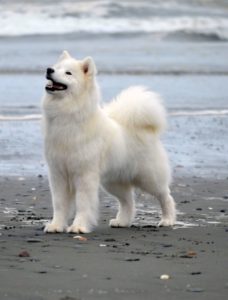Items Toxic To Your Pet
With the holidays upon us, it is always a good time to remind ourselves of the plants that are toxic to animals. Here is a listing of some of the more common ones you may find around your house, particularly over the holidays.
| Aladium Amarylillis Angels Trumpets Apple Leaf Croton Asparagus Fern Autumn Crocus Avacado (fruit & pit) Azalea Baby’s Breath Begonia Bird of Paradise Bittersweet Branching Ivy Buckey Buddis Pine Caladium Calla Lily Castor Bean Ceriman Charming Dieffenbachia Chinese Evergreen Chocolate Christmas Rose Cineraria Clematis Cordatum Corn Plant Cornstalk Plant Croton Cuban Laurel Cutleaf Philadendron Cycads Cyclamen Daffodil Devil’s Ivy Dianthus Dieffenbachia Dracaena Palm Dragon Tree Dumb Cane Easter Lily (in cats!!!) Elaine Elephant Ears Emerald Feather English Ivy Fiddle-leaf Fig Fig, Creeping Fig, Weeping Florida Beauty Foxglove Fruit Salad Plant Geranium German Ivy Giant Dumb Cane Glacier Ivy Gold Dieffenbachia Gold Dust Dracaena Golden Pothos Grapes Hahn’s Self-Branching Ivy Heartland Philodendron Hemlock, Water Hens & Chicks Hops Hurricane Plant Hyacinth Hydrangea leaves Impatiens Indian Rubber Plant |
Ivy, Boston Ivy, English Ivy, Pathos Janet Craig Dracaena Japanese Show Lily (cats!!!) Jasmine Jerusalem Cherry Jonquil Kalanchoe Lacy Tree Philodendron Lantana Lily of the Valley Madagascar Dragon Tree Marble Queen Marijuana Mexican Breadfruit Miniature Croton Mistletoe Mistletoe berries Morning Glory Mother-in-law’s Tongue Narcissus Needlepoint Ivy Nephytis Nightshade Oleander Onion Oriental Lily (cats!!!) Pathos Peace Lily Pencil Cactus Philodendron Plumosa Fern Poinsettia (low toxicity) Poison Ivy Poison Oak Potato Plant (green fruit, stem and leaves) Pothos Precatory Bean Primrose Red Emerald Red Margined Dracaena Red Princess Rhododendron Ribbon Plant Saddle Leaf Philodendron Sago Palm Satin Pothos Scheffelera Silver Pothos Spider Plant Spotted Dumb Cane Stargazer Lilly (cats!!!) String of Pearls Striped Dracaena Sweetheart Ivy Swiss Cheese Plant Taro Vine Tiger Lily (cats!!!) Tobacco Tomato Plant (green fruit, stem and leaves) Tree Philodendron Tropic Snow Dieffenbachia Tulip bulbs Weeping Fig Wisteria Yew (American/English/Western) |
Additional information is available through the ASPCA Animal Poison Control Center. They may be contacted at 888-4ANI-HELP OR 888-426-4435, or you can obtain additional information through their web site at: http://www.aspca.org/site/PageServer?pagename=apcc). They offer a unique, emergency hotline providing 24-hour-a-day, 7-day-a-week telephone assistance to veterinarians and animal owners. The Center’s hotline veterinarians can quickly answer questions about toxic substances found in our everyday surroundings that can be dangerous to animals. The one caution for this is that there is a $45 consultation fee paid by the animal owner, veterinarian or product manufacturer.
If you have a question regarding a possible poison and your pet, you may also contact the Poison Control Center at 1-800-222-1222 for no fee. They are very receptive to telephone calls about pets and they even follow up with you later to see how things turned out.
If you suspect that your pet has been exposed to a poison, it is important not to panic. While rapid response is important, panicking generally interferes with the process of helping your pet. Take 30 to 60 seconds to safely collect and have at hand the material involved. This may be of great benefit to the Center professionals as they determine exactly what poison or poisons are involved.
In the event that you need to take your pet to your local veterinarian, be sure to take with you any product container. Also take any material your pet may have vomited or chewed, collected in a zip-lock bag. If your pet is seizing, losing consciousness, unconscious or having difficulty breathing, you should contact your veterinarian immediately. Most veterinarians are familiar with the consulting services of the Center. Depending on your particular situation, your local veterinarian may want to contact the Center personally while you bring your pet to the pet hospital.
When you call the either Center, be ready to provide:
- Your name, address and telephone number
- Information concerning the exposure (the amount of agent, the time since exposure, etc.). For various reasons, it is important to know exactly what poison the pet was exposed to. [If the agent is part of the Pet Product Safety Service, the consultation is at no cost to the caller.]
- The species, breed, age, sex, weight and number of pets involved
- The agent your pet(s) has been exposed to, if known
- The problems your pet(s) is experiencing.
Your pet may become poisoned in spite of your best efforts to prevent it. Because of this, you should be prepared.
Your pet companions regularly should be seen by a local veterinarian to maintain overall health. You should know the veterinarian’s procedures for emergency situations, especially ones that occur after usual business hours. You should keep the telephone numbers for the veterinarian, the Poison Control Centers, and a local emergency veterinary service in a convenient location.
You may benefit by keeping a pet safety kit on hand for emergencies. Such a kit should contain:
- A fresh bottle of hydrogen peroxide 3% (USP)
- Can of soft dog or cat food, as appropriate
- Turkey baster, bulb syringe or large medicine syringe
- Saline eye solution to flush out eye contaminants
- Artificial tear gel to lubricate eyes after flushing
- Mild grease-cutting dishwashing liquid in order to bathe an pet after skin contamination
- Rubber gloves to prevent you from being exposed while you bathe the pet
- Forceps to remove stingers
- Muzzle to keep the pet from hurting you while it is excited or in pain
Pet carrier to help carry the pet to your local veterinarian.








